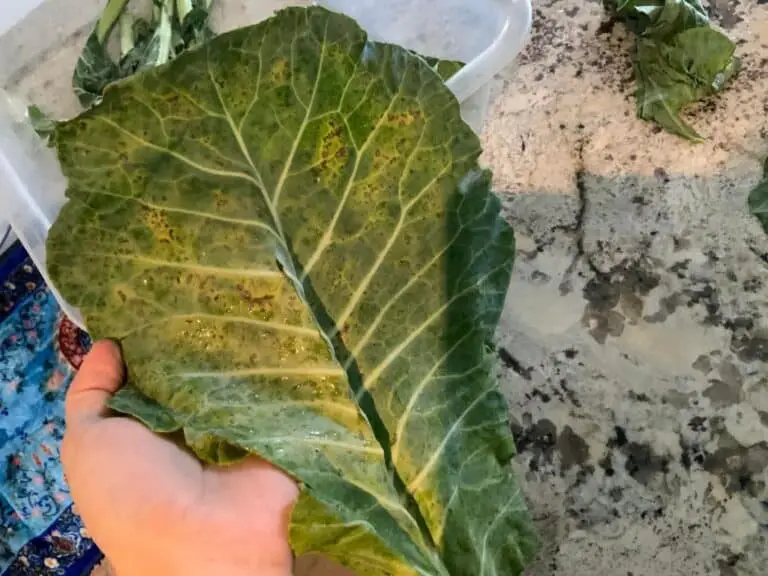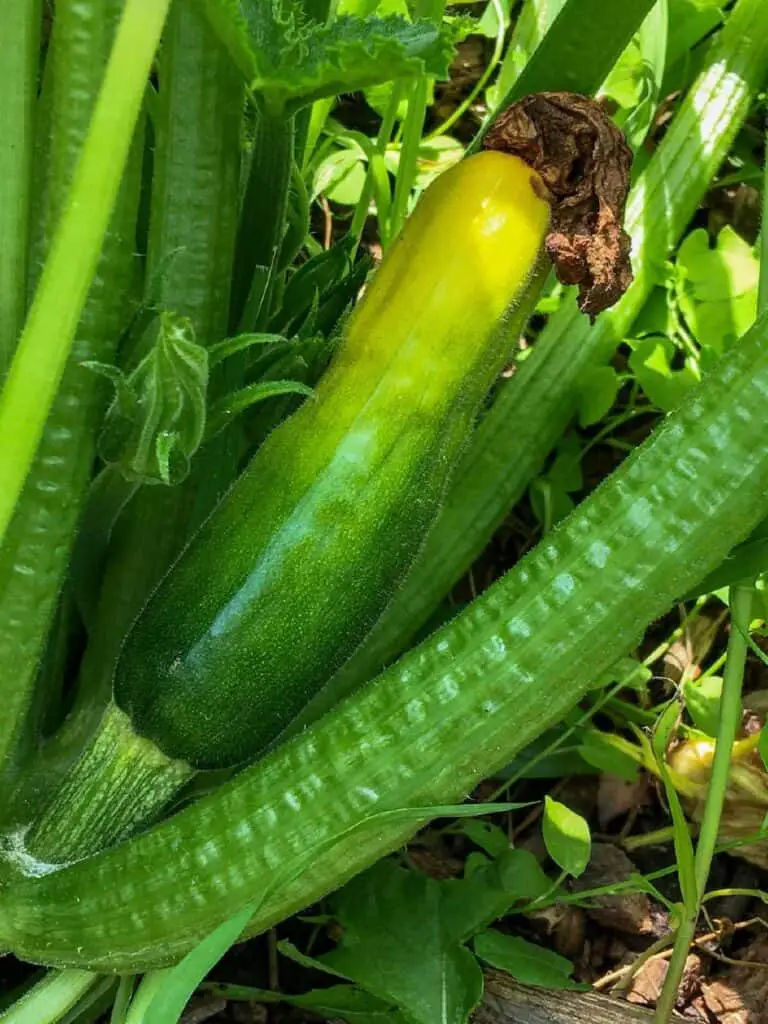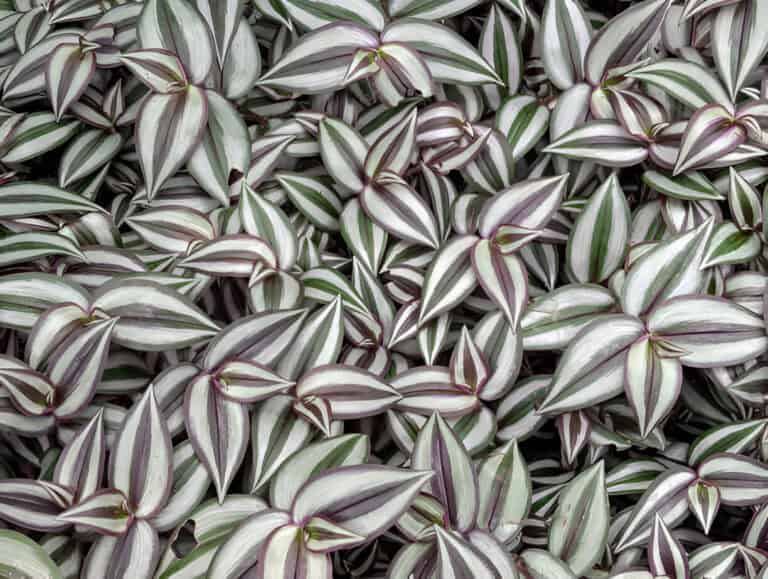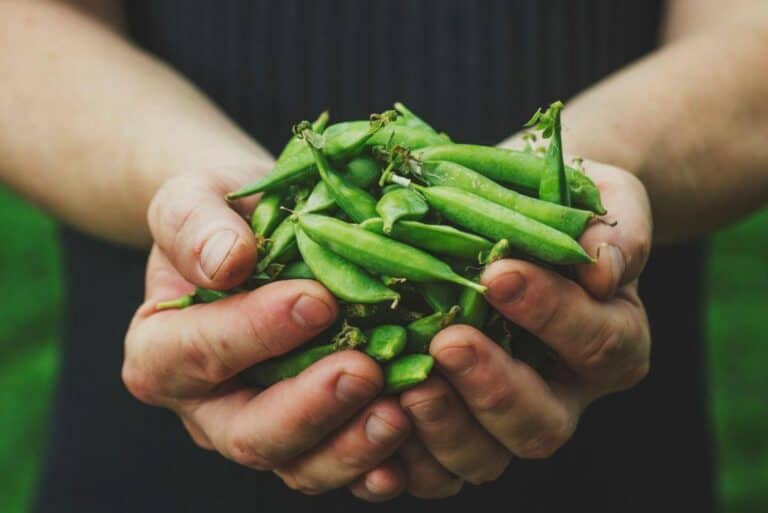Yellow Flag (Iris Pseudacorus): Plant Care and Growing Guide
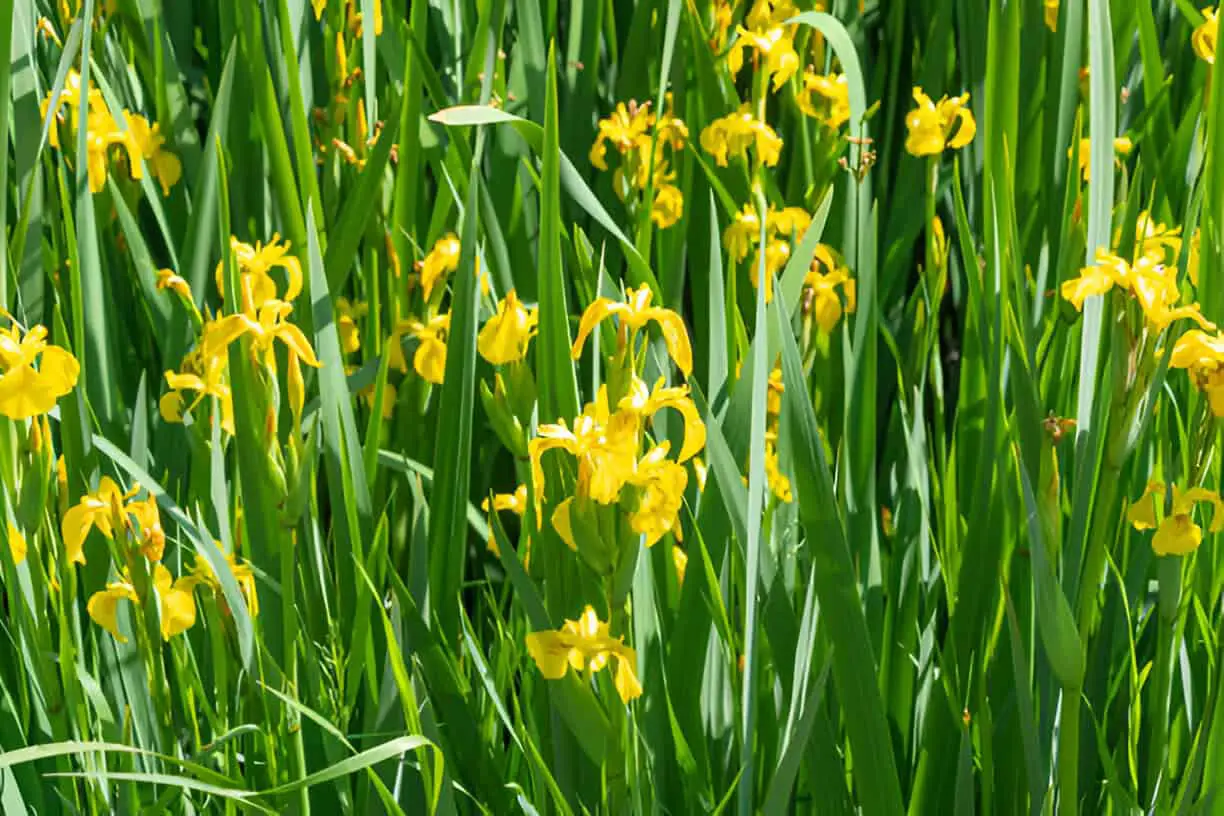
The Yellow Flag, or Iris Pseudacorus, is a well-known perennial plant from the United Kingdom. It has many names, including Yellow Iris, Water Flag Iris, Daggers, Flagon, Jacob’s Sword, Water Skegs, and Yellow Feur-de-Lis.
Best known for its low maintenance and fast growth, this perennial will likely liven up your house (or garden) with its green colored leaves. But, only if you learn how to take proper care of it for it to thrive.
Fortunately, this is exactly what we’ll cover in this Yellow Flag Care Guide. So let’s dive in.
Understanding Yellow Flag (Iris Pseudacorus)
The Yellow Flag Iris, also known as Iris pseudacorus, is a striking perennial known for its bright yellow blooms and tall, sword-like leaves. This hardy plant brings bold color to ponds, streams, and wetland gardens. It’s often chosen for its ability to thrive in damp soil where other plants may struggle.
In the wild, the Yellow Flag Iris is native to Europe, western Asia, and North Africa. It naturally grows along riverbanks, marshes, and wetlands, making it perfect for adding a splash of color near water features.
Key Features:
- Tall stems with showy yellow flowers
- Long, narrow green leaves
- Thrives in moist, boggy soil
| Growing Conditions | Details |
| Sunlight | Full sun to partial shade |
| Soil | Wet, acidic to neutral |
| Water | Constant moisture preferred |
With the right spot, this iris will flourish and brighten your garden edges.
Yellow Flag (Iris Pseudacorus) Basic Care Guidelines
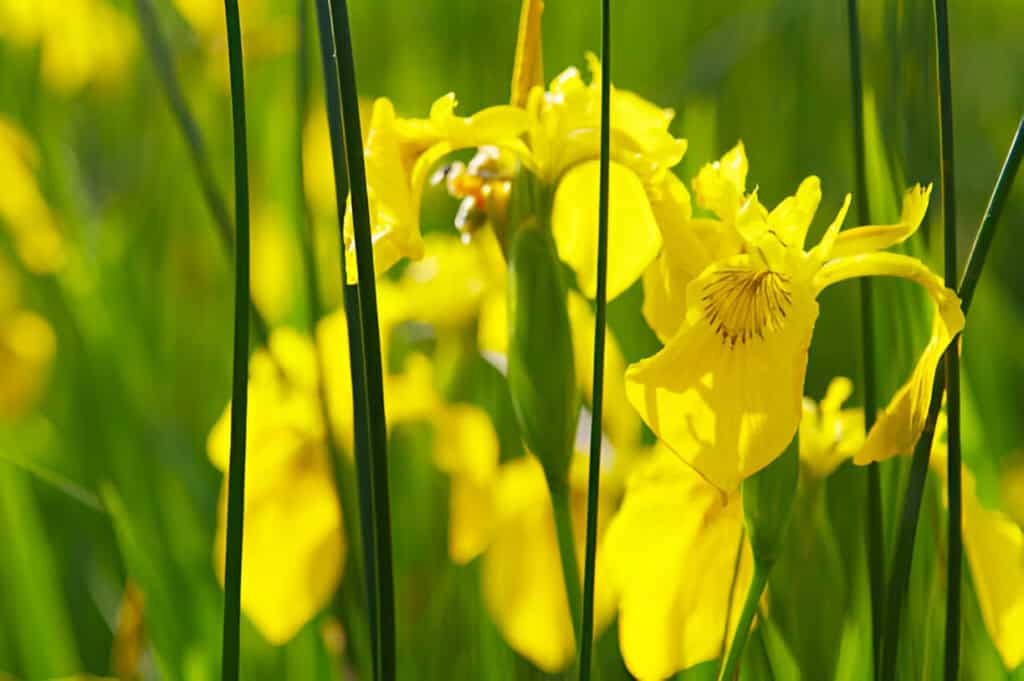
The basic care guidelines you need to remember for your Yellow Flag are the following:
- Water: The Yellow Flag loves moist soil but will still survive dusty soil when it is established.
- Light: Keep your Iris Pseudacorus in an environment where it can receive full sun on a daily basis.
- Soil: Make sure to keep the Yellow Flag in soil with poorly draining to moisture retentive properties, so ideally, one that is made of loam and clay.
Just like many other plants, remember these three care factors to keep your Yellow Flag healthy and thriving.
Scientific / Botanical Aspects of Yellow Flag
The Yellow Flag is part of the Iridaceae family. It belongs to the genus Iris and the species Pseudacorus. So, its scientific name is Iris Pseudacorus.
As with other Iris’s, the Yellow Flag is a herbaceous plant, which means it will die back to the ground every year.
Selecting the Right Seeds
Selecting the right seeds is the first step to growing healthy Yellow Flag Irises. You can find various types of Yellow Flag Iris seeds. These include wild-collected seeds and those grown in nurseries. Each type offers unique traits, but all can produce the classic bright yellow flowers this plant is known for.
When shopping for seeds, always check for reputable sellers. Quality seeds should be fresh and free from mold or damage. Buying from trusted nurseries boosts your chances of getting healthy seeds. These seeds are more likely to sprout successfully.
Tips for Choosing Seeds:
- Look for certified, pest-free seeds
- Check the packaging date for freshness
- Read reviews about the seed supplier
| Seed Type | Details |
| Wild-Collected | Hardy, natural traits |
| Nursery-Grown | Reliable, uniform growth |
With careful selection, you’ll set your Yellow Flag Irises up for strong growth and beautiful blooms.
Growing Region
The Yellow Flag is a plant native to the north Africa, Europe and western Asia. This is why the Iris Pseudacorus is used to growing in specific regions of United Kingdom.
You might be wondering why your Yellow Flag’s native region is important. If you know where your plant came from, you’ll understand its preferred conditions. This helps you recreate that environment at home.
The Iris Pseudacorus thrives best in heat zones 3 to 8. Its hardiness ranges from 5a to 9b. The ideal climate spans zones 1A to 24 and A2 to A3.
Growth and Size
Growth
In terms of size and growth, the Yellow Flag is a relatively fast grower, which makes things tricky for any plant enthusiast.
Size
But, what size of Yellow Flag are we talking about? What can you expect in terms of height, spread and spacing? Let’s dig in…
The Iris Pseudacorus can grow up to 3′ – 5′ (90cm – 150cm) in 3′ – 5′ (90cm – 150cm) and 2′ – 3′ (60cm – 90cm) in 2′ – 3′ (60cm – 90cm).
The Yellow Flag is a medium-sized perennial. Keep this in mind when deciding where to place it in your home.
This is why experts recommend keeping an area of approximately 36″ (90cm) free so the Yellow Flag can spread to its best extent.
Watering Yellow Flag (Iris Pseudacorus)
Keep your Yellow Flag in soil that drains poorly or holds moisture. This will help your plant grow and thrive.
Choose soil with frequent standing water, occasional flooding, and wet properties. This helps maintain the right moisture levels all the time.
But, if you want a ‘one-size-fits-all’ solution to watering your Yellow Flag then you should consider the famous ‘finger’ test. To perform this test, you just need to put your finger in your plant’s soil and determine if it’s moist or not. If it is, then don’t water; if it isn’t, then please do. In any case, this test will allow you to know if your Yellow Flag needs or does not need water, every time.
Soil Mix
The Yellow Flag likes soil that often has standing water, floods, and stays wet. This is why you should mix loam and clay for the soil.
In addition to this, expert gardeners recommend having preferably acid soil.
Light and Exposure
In terms of light & exposure, the Yellow Flag requires full sun in order for it to thrive under the right conditions.
Most experts agree that this perennial will do well as long as you keep it in full sun, and it will be able to grow properly.
Specifically, we recommend that you place your Iris Pseudacorus in
Season
Being a herbaceous plant, the Yellow Flag will die back to the ground every year.
But, you can expect it to have its ‘prime-time’ during the spring (late), and during the summer (early).
Flowers
You can expect your Yellow Flag to flower around the spring and in the summer months from April to June (spring), and from July to September (summer).
This perennial is famous for its cutting flowers and its showy blooms. Plant enthusiasts love it.
The Yellow Flag produces some beautiful yellow, or gold/yellow flowers around this time of year.
Foliage
The leaves from the Yellow Flag have a beautiful green color during most of the year.
In particular, they have a simple arrangement with a whorled organization in its leaves.
You can expect the leaves from your Iris Pseudacorus to be around (> 6 inches) in size.
Attracts, Tolerance and Resistance
The Yellow Flag is known for tolerating clay and wet soil. It can also handle animals like deer. So, if these come around, your Iris Pseudacorus will be just fine.
Garden
Does your Yellow Flag have any garden recommendations? Does it serve any gardening purposes? Here’s how you can get the most out of your new plant.
Most Iris Pseudacorus owners agree that this perennial will look great in most cottage gardens of all types.
Other owners think they fit nicely in coastal gardens, city spaces, and courtyards. They also suit informal and cottage styles.
The Yellow Flag grows best in ponds, streams, and along beds and borders. You can also plant it in wall-side borders. Some people use it for container landscaping or in cutting gardens.
Conclusion
We shared plenty of care tips for your Yellow Flag. Still, keep it simple: focus on sunlight, soil, and water. These basics will help your plant thrive at home.

